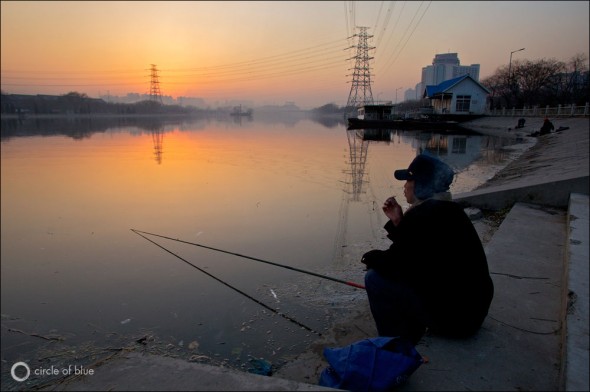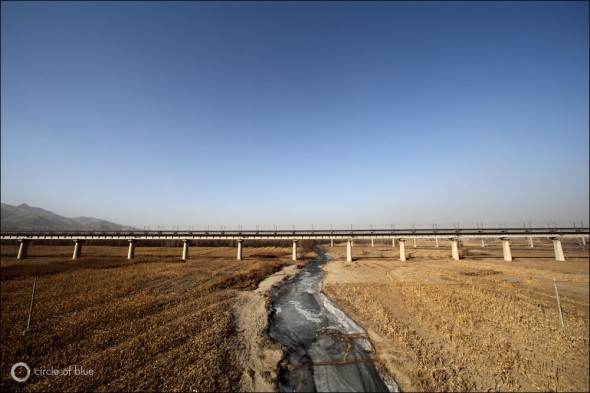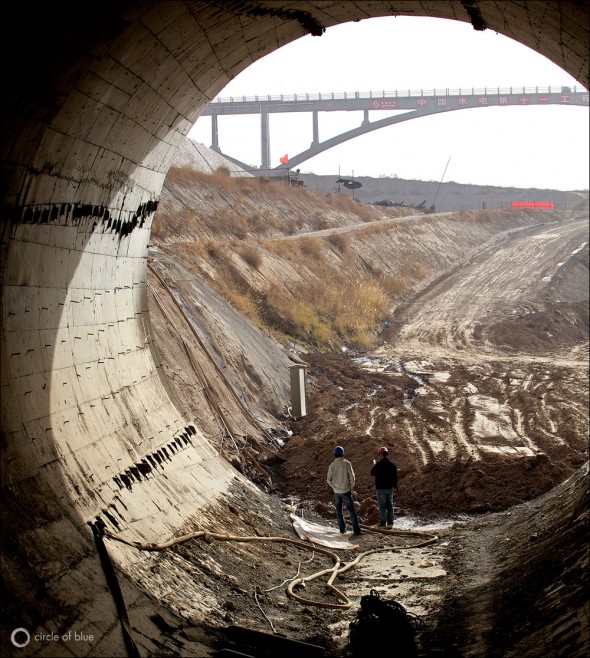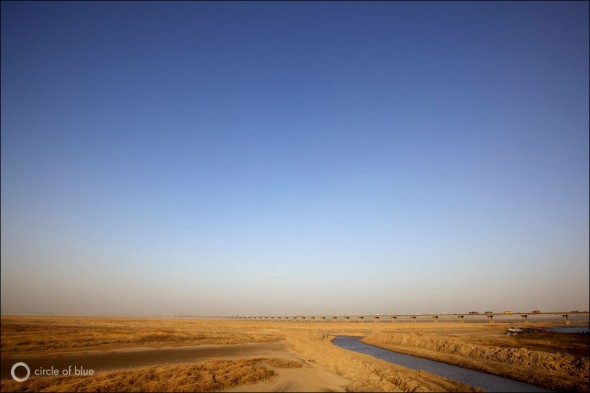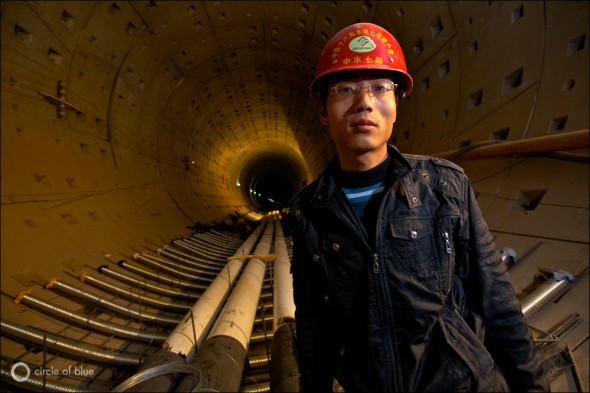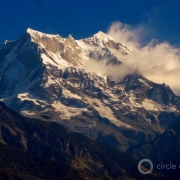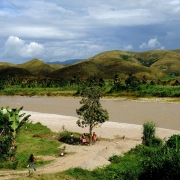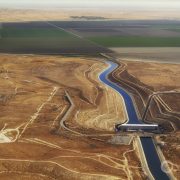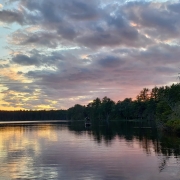Photo Slideshow: China Completes Second Line of South-North Water Transfer Project
Massive manmade river begins moving water from central China to Beijing.
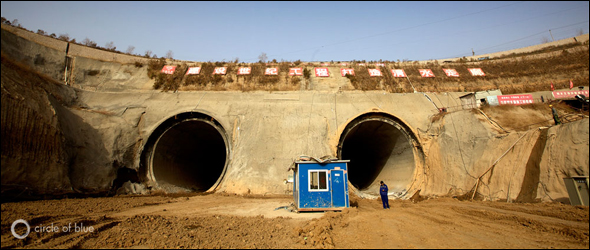
On December 12, 2014, China turned the spigot on the central line of its South-North Water Transfer Project, sending the first gush of water from Danjiangkou Reservoir along the 1,432-kilometer (890-mile)route to Beijing and other cities in the country’s dry north.
Together with the transfer project’s eastern line, which began operating in December 2013, and a planned western line, the massive diversion will siphon as much as 44.8 billion cubic meters (11.8 trillion gallons) of water each year from the Yangtze River Basin, according to state-run news agency Xinhua. It is the largest project of its kind in the world, with a price tag upwards of $US 81 billion.
Much of China’s energy and industrial production is located in its arid northern provinces, and the South-North Water Transfer Project is therefore seen as key to unlocking the country’s development potential. Nonetheless, critics have long raised concerns about the project’s social and environmental consequences, and even proponents have conceded it is no panacea for China’s long-term water problems.
“The fact that the Middle and Eastern Routes of the SNWTP are now operational does not mean that North China’s water issues have been solved,” Britt Crow-Miller, assistant professor of geography at Portland State University who has studied the transfer project, wrote to Circle of Blue in an e-mail.
Rapid urban population growth and severe industrial water pollution, for example, have led to increasing levels of water stress in northern China, according to Crow-Miller.
“The SNWTP does indeed bring more water to cities like Beijing and Tianjin, but it actually allows the underlying drivers of the problem to persist unchecked,” she wrote. “It is the perfect example of a band-aid approach to water management. It will allow the region to maintain its status quo for a time, but it won’t solve the issues it was intended to address.”
The following photographs, taken by Circle of Blue reporter and photographer Aaron Jaffe, were first published in 2011 as part of the Choke Point: China project, produced by Circle of Blue and the Woodrow Wilson International Center for Scholars China Environment Forum. Click the images to enlarge and view in a slideshow.
A news correspondent for Circle of Blue based out of Hawaii. She writes The Stream, Circle of Blue’s daily digest of international water news trends. Her interests include food security, ecology and the Great Lakes.
Contact Codi Kozacek

